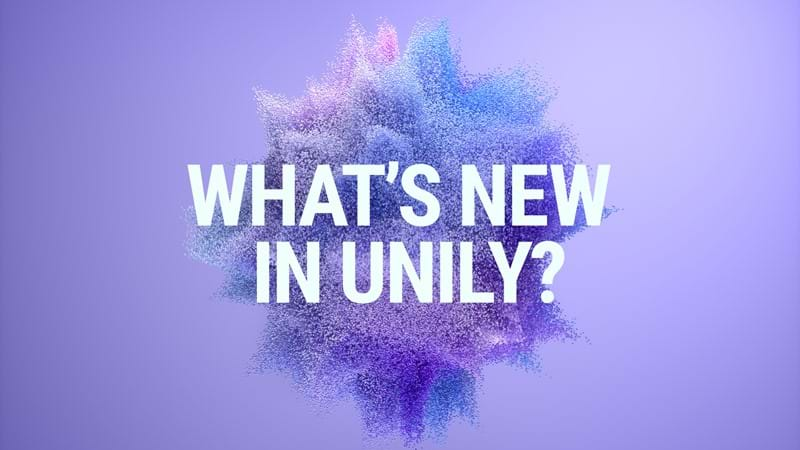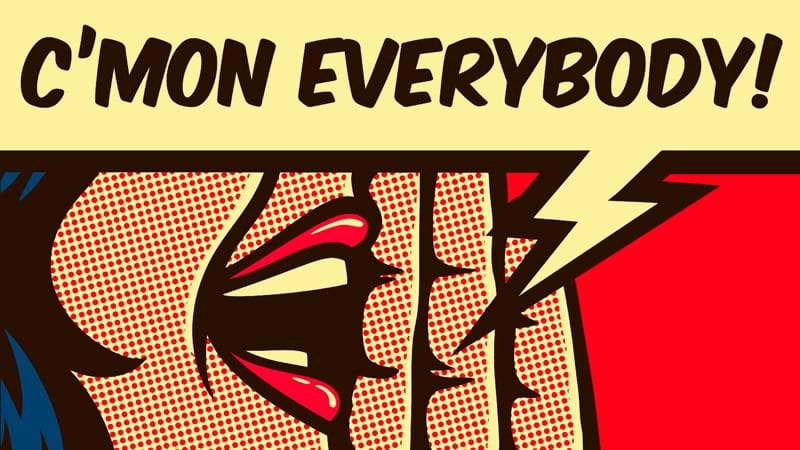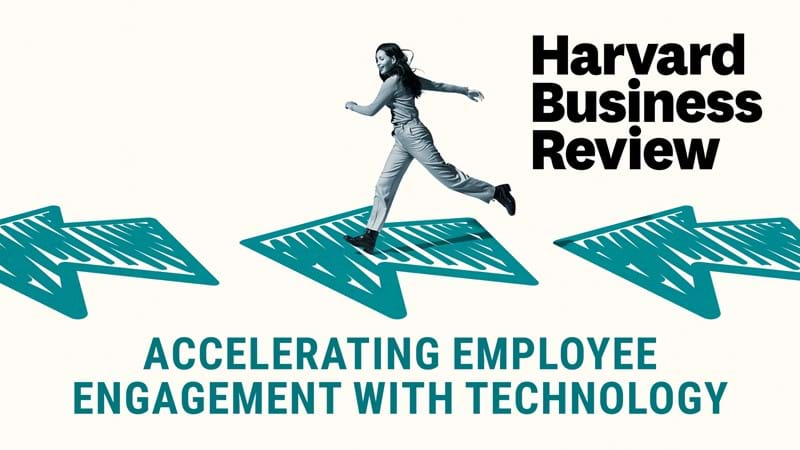How to create the ultimate internal communications newsletter
There’s some debate around the trusted email newsletter. While many employees view it as a valuable medium for enterprise-wide updates, others think it weighs down their inbox. As internal comms teams prepare messaging strategies for their next chapter, exactly what role should newsletters play?

Email messaging in the new world of work
If you felt like you sent more emails over the last year than ever before, you’re not alone. In 2020, internal communicators sent 72% more messages than they did during the year prior. While this uptick undoubtedly made for a busy year, it also came with a significant reward: employees read 44% more minutes of emails and were 71% more engaged with inbox communications.
Although you may have held your audience’s attention, 77% of executives believe email is not a viable communications method. Given the recent surge in messaging, some employees may also be experiencing email fatigue.
However, that doesn’t mean it’s time to abandon email. As hybrid working goes mainstream, messaging will be crucial to provide updated information and connect peers with their dispersed colleagues. Since people’s sense of belonging is shown to be worse when working from home, the question isn’t whether you need email, but rather what you can do to get the most out of it.
While email may have stepped in to fill communication gaps at the peak of the crisis, as we move into recovery phases it will be important to evaluate the place of email in your enterprise communication strategy. In the new world of work, email newsletters will continue to be a core part of your internal comms toolkit, but how can you make sure you’re using email effectively?
Revisiting the email newsletter: how does it fit into your IC strategy?
It’s not time to get rid of email, but it may be an ideal moment to assess the role that messaging plays in your strategy. As a crucial component of most internal comms approaches, the email newsletter continues to be a useful engagement prompt. But what does the ultimate internal comms email look like?
Email newsletters provide a quick way to get a lot of information out at once and provide your peers with a recap of what has been happening within your organization. Yet, despite many team’s best efforts, not everyone is reading your newsletter. In fact, the average open rate for corporate emails is around 70% and only 35% of employees will read more than half of your message.
What’s behind these less than stellar readership stats? In some scenarios, it’s simply a case of over-use. Newsletters should be one of several tools within your internal comms approach. However, if you’re leveraging multiple channels and still seeing sub-par engagement rates, your newsletters might be in need of a revamp.
7 best practices for creating compelling internal communication newsletters
Getting your audience’s attention is going to be more challenging in your next chapter. Change is happening fast, more messages are being sent, and your peers are adapting to new ways of working. How can you make sure your internal communications newsletter doesn’t get lost in the shuffle? Consider the following best practices:
#1. Don’t let your readers miss a beat
Maybe your colleagues were out of office, stuck on back-to-back calls, or recently joined your organization. Regardless of the specifics of their circumstances, you’re going to have peers that fell behind on internal updates. They may not be aware of your new flexible working policies or the sustainability initiative HR launched.
Your newsletter can serve as a lifeline to those team members by feeding them the most crucial takeaways. Rather than cramming every important update at the top, put your main message or call to action at the beginning, so your audience knows what they are reading right away. Then, add a table of contents and break up the design using headings, which will make it easy to follow along.
As the newsletter publisher, it’s your job to guide your audience through the content and direct them towards important information. Keep your section summaries concise and add links to relevant blog content on your intranet, so that readers can easily click to learn more.
#2. Leverage your leaders
Generally, when a leader speaks, employees are more likely to listen. Everyone wants to hear news updates straight from the source, so it’s only natural that your audience is going to give your C-suite their undivided attention.
Internal communicators can use this to their advantage by creating email newsletters specifically for executive messaging. Leading metals and industrial products manufacturer, Samuel, Son, & Co., Limited, sends out a monthly roundup of Ask Me Anything answers. These questions can be submitted to the CEO from any employee in the organization. Responses are posted on the intranet for anyone to read, but these newsletters help readers catch up on the month’s updates in one convenient location. They also include a link for readers to submit their own questions, if they’re interested, through a form on the intranet’s homepage.

#3. The aesthetics matter
A text-only newsletter is going to fall flat. If you want your newsletter to appeal to your audience, you need to make sure it’s not only well-written, but also visually engaging.
Design a header that includes your title and logo and use it in every newsletter edition for consistency. Consider choosing a color scheme that matches your organization’s logo so that your emails feel like an extension of your brand. While it might be tempting to choose an obscure font, stick with a typeface that’s familiar, like Times New Roman or Calibri, for maximum clarity.
When it comes to images, don’t shy away from graphics that will grab your audience’s attention. Incorporate pictures and photos in most of your sections to intersperse the text and stick to a clear visual structure to ensure your content is easy to read.
Unily’s Broadcast Center includes drag and drop page building and pre-canned templating options to make building the ultimate email newsletter a breeze.
#4. Define your target audience
Your audience will have a much harder time ignoring content that is curated specifically for them. While some newsletters are meant for the entire enterprise, it may be beneficial to create more targeted messages that focus on a specific sub-group.
For example, you may choose to create one newsletter for employees who are returning to the office and another for those staying remote. Rather than bombarding peers with messages that aren’t relevant to their work set-up, you can have a newsletter that speaks to the realities of office life and a second geared towards remote workers that highlights ways to get involved in your cultural initiatives virtually.
To simplify the targeting process, look for an email-building tool that streamlines audience segmentation by letting you carve out user segments and save them for future use. Unily’s Broadcast Center lets you lean on your existing user segmentation, pulling in data from systems like Azure Active Directory to make personalization seamless.
#5. Get strategic about timing
If you’re hoping to maximize click-throughs and open rates, you can’t overlook the importance of timing. Rather than hitting send as soon as your email newsletter is ready to go out, be selective about when it will arrive in your peers’ inboxes.
Ideally, your newsletters should reach your audience at a time they are likely to be engaged and receptive to updates. As a rule of thumb, avoid weekends, early mornings, and late nights. Look to analytics and A/B testing to discover the optimal newsletter time that works for your people.
Once you find your ideal time, stay consistent. You want reading your newsletter to become part of your audience’s routine, so stick to the same day and time slot.
To simplify this process, look for an email tool with analytics capabilities that lets you track engagement in real-time so you can optimize your strategy as you go.
#6. Master the art of the headline
Your colleagues are getting hundreds of emails a day. What can you do to grab their attention when they’re sorting through their inbox?
An eye-catching headline is one of the most effective ways to lure readers in. Instead of calling your message “January Newsletter,” get creative and find something that will pique your peers’ interest. The best headlines will be short (ideally less than 60 characters) and play off of a human-interest angle that your readers are likely to care about.

#7. Don’t forget about mobile
If you think your entire audience is going to read your newsletter on a desktop, it’s time to think again. The average adult spends 4.2 hours a day on their mobile device, so it’s likely that your team members will be checking email on there as well.
Consequently, a mobile-optimized experience is a must for your email newsletter. Make sure your newsletter template is responsive, adjusting the content layout to ensure a superior experience from any user’s device of choice. Before hitting send, check how your content looks across devices with previewing functions and keep an eye on analytics for more insight into just how many readers are engaging with your content via mobile.
Are you ready to upgrade your email newsletters?
While the role of email may be evolving, there’s no doubt that newsletters will continue to play a crucial role in your internal comms strategy. If you’re looking to leverage a next-generation intranet to enhance your messaging, get in touch with our digital workplace experts.
-
On-demand



















